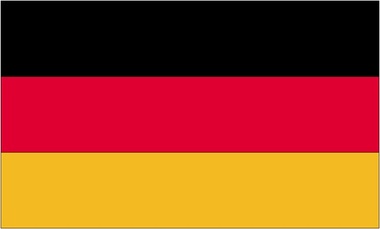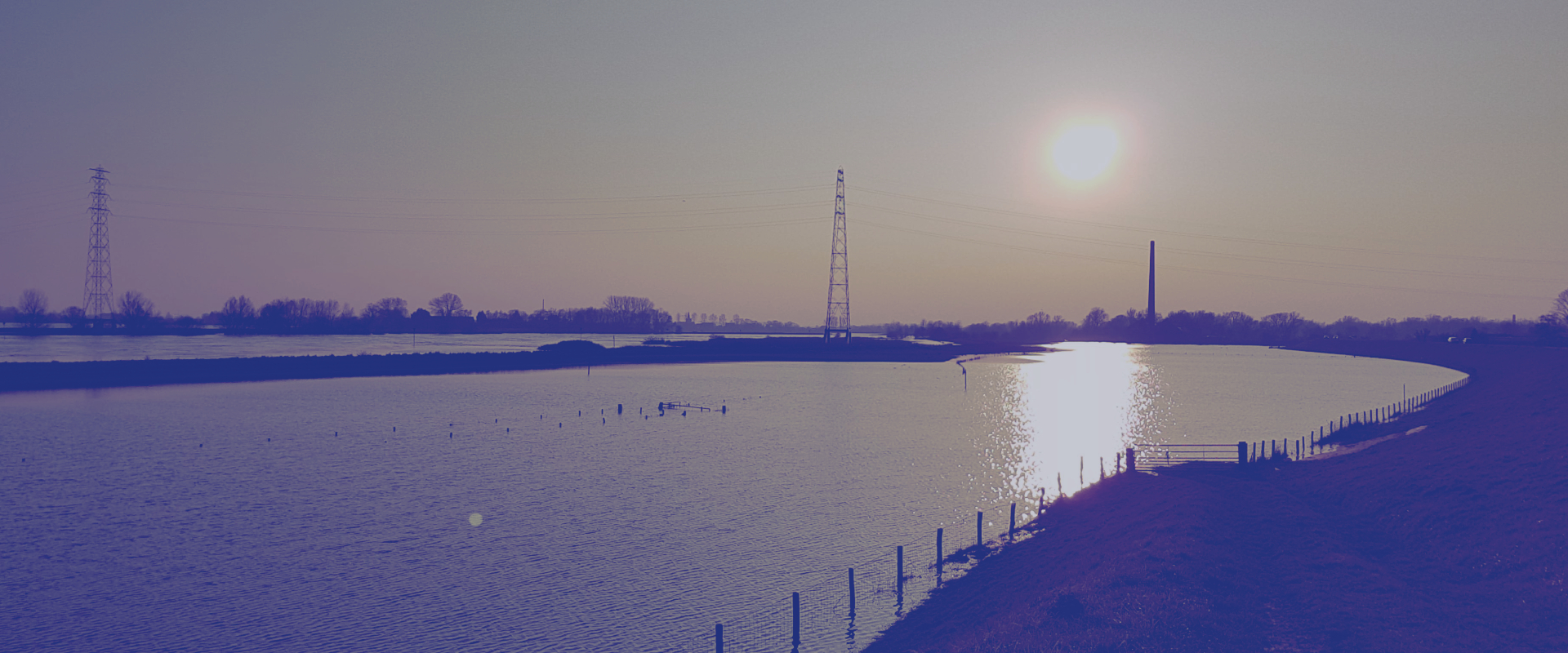RIWA-Rhine: Water quality Rhine does not improve
The year 2018 was marked by a large precipitation deficit in combination with a low water discharge of the Rhine, as is shown in the annual report 2018 of RIWA-Rhine which was published today. The prolonged period of drought showed how vulnerable we are, with advancing salinisation from the North Sea on the one hand and low discharges on the river on the other, which increased concentrations of contaminants. The report describes the impact of the drought on the drinking water supply and how the Dutch drinking water companies that are wholly or partly dependent on the Rhine have dealt with it. Fortunately, it still went well in 2018, but the question of how we can prepare for a structural drought is becoming increasingly urgent. In 2018, the Ministry of IenW set up an administrative drought table in order to be able to tackle problems with the quantity and quality of water in an accelerated and targeted manner.
Water quality Rhine in detail
The RIWA-Rhine annual report 2018 shows the water quality in the Dutch part of the Rhine catchment in detail. It contains an overview of the substances measured in the Dutch part of the Rhine catchment. The measured concentrations of industrial chemicals, medicines, pesticides and their degradation products, have been evaluated against the target values in the European River Memorandum (ERM). This year, too, we found substances whose concentrations exceeded the target values.
Improvement water quality of the Rhine under the WFD not achieved
This year, the European Commission is carrying out a fitness check for the Water Framework Directive (WFD). The directive is the most comprehensive instrument of the European Union’s water policy. The fitness check assesses how effective and efficient this legislation is. The WFD prescribes that the quality of surface water must improve, so that in time the treatment level for drinking water production can be lowered. We investigated whether the introduction of the WFD had an effect on the required treatment level and present an index that describes the development of the water quality of the Rhine from this point of view. This index shows that, since the introduction of the WFD in 2000, the objective of reducing the required treatment level has not yet been achieved. This does not mean that since the introduction of the WFD nothing has been done to improve the water quality of the Rhine. A lot has already been improved or set in motion, but this does not prevent the Rhine from still not being as clean as we would like it to be.
Looking ahead
The drought of 2018 and its impact on the water supply generated a lot of attention from the media and policymakers. For years, RIWA-Rhine has been pointing out the consequences of drought for the water quality of the Rhine and the increasing concentrations of pollutants. The RIWA-Rhine annual report 2018 addresses issues such as drought, exemptions and discharge permits in the policy context and makes recommendations for the future from the perspective of sustainable drinking water production. The protection of surface water used for the production of drinking water requires legislation and regulations that are aligned with substances that are relevant for drinking water. In the European registration of new substances, REACH, more attention should be given to substance properties such as persistence (poor degradability) and mobility (high water solubility) that make substances difficult to remove during the production of drinking water.
The new RIWA-Rhine annual report 2018 is available in Dutch and in German.




